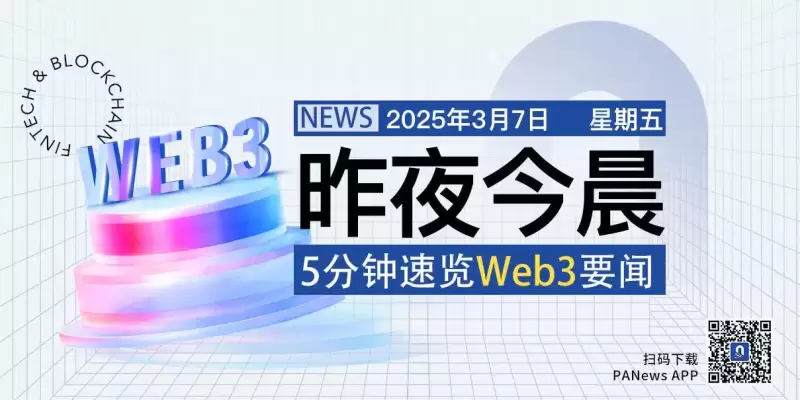 |
|
 |
|
 |
|
 |
|
 |
|
 |
|
 |
|
 |
|
 |
|
 |
|
 |
|
 |
|
 |
|
 |
|
 |
|
Cryptocurrency News Articles
Saito: A Revolutionary Blockchain Reshaping the Peer-to-Peer Landscape
Mar 25, 2024 at 07:49 am
Saito, a novel layer-1 blockchain, introduces a paradigm shift in blockchain economics. Its consensus mechanism aligns incentives for all participants, fostering a decentralized and open ecosystem. By eliminating vulnerabilities inherent in existing consensus mechanisms, Saito creates a foundation for a thriving peer-to-peer application ecosystem where users retain data sovereignty and providers are rewarded for their contributions.

Why You Should Pay Attention to Saito
What is Saito?
Saito is a game-changer in the blockchain world, introducing a novel layer-1 blockchain that empowers peer-to-peer applications. Unlike traditional models, Saito boasts an innovative economic paradigm that harmonizes incentives for all participants, rewarding nodes for scalability while preserving openness.
Creating a Thriving Ecosystem
Saito's mission is to foster a vibrant digital economy where peer-to-peer applications flourish. Users maintain control over their data, while providers who cater to their needs reap the most rewards.
Eliminating Vulnerabilities
Saito Consensus addresses critical vulnerabilities prevalent in proof-of-work and proof-of-stake mechanisms, including sybil and majoritarian attacks. It rectifies fundamental incentive misalignments, rendering these threats obsolete.
Ensuring Transaction Integrity
When users initiate transactions, they attach cryptographic signatures that designate the initial node(s) responsible for routing. As transactions traverse the network, receiving nodes add their own signatures, creating an immutable record of their path.
Measuring Routing Work
These routing paths provide a metric for quantifying the "routing work" associated with each transaction. Valid routing paths are essential, while transactions lacking them carry no value. Routing work diminishes by half with each additional hop the transaction takes beyond the first.
Block Production Criteria
The blockchain establishes a "difficulty" threshold for block production based on routing work. Nodes are incentivized to create blocks when their mempool contains transactions with sufficient routing work to meet this criterion. Blocks failing to meet this requirement are invalidated.
True Peer-to-Peer Operation
While most cryptocurrencies rely on Web 2 models with token integrations or federated models that depend on volunteer labor, Saito applications operate in a truly peer-to-peer Web 3 environment, achieving financial self-sufficiency.
Disclaimer:info@kdj.com
The information provided is not trading advice. kdj.com does not assume any responsibility for any investments made based on the information provided in this article. Cryptocurrencies are highly volatile and it is highly recommended that you invest with caution after thorough research!
If you believe that the content used on this website infringes your copyright, please contact us immediately (info@kdj.com) and we will delete it promptly.
-

- Ripple (XRP) Introduces Its RLUSD Stablecoin to the Stablecoin Market
- Apr 03, 2025 at 04:00 pm
- Ripple introduced its RLUSD stablecoin to the stablecoin market through its launch on Kraken cryptocurrency exchange. The USD-pegged stablecoin aims to boost its cross-border payment functions and integrate with the payment platform.
-

-

- Bitcoin (BTC) Price Consolidation May Be Precursor to a Market Drop, Analyst Says
- Apr 03, 2025 at 03:55 pm
- Bitcoin has seen a notable price consolidation over the past few weeks, trading between the $84,000 and $86,000 levels. Despite the initial surge in price, the cryptocurrency has faced a decline of 3.7% in the past week and nearly 10% in the past month, signaling a period of stagnation in its upward momentum.
-

- The OFFICIAL TRUMP price plummeted over 9% in the last 24 hours to trade at $9.29
- Apr 03, 2025 at 03:55 pm
- The drop in the TRUMP price comes after US President Donald Trump signed an executive order establishing reciprocal tariffs on trading partners and a 10% baseline tariff on all imports from all countries.
-

-

-

- FDUSD, BTC, TUSD, SEI, and LINK are the top 5 virtual asset-related keywords attracting the most interest
- Apr 03, 2025 at 03:45 pm
- According to the Token Mindshare (a metric quantifying the influence of specific tokens in the virtual asset market) top gainers from the AI-based Web3 search platform Kaito
-

-





























































